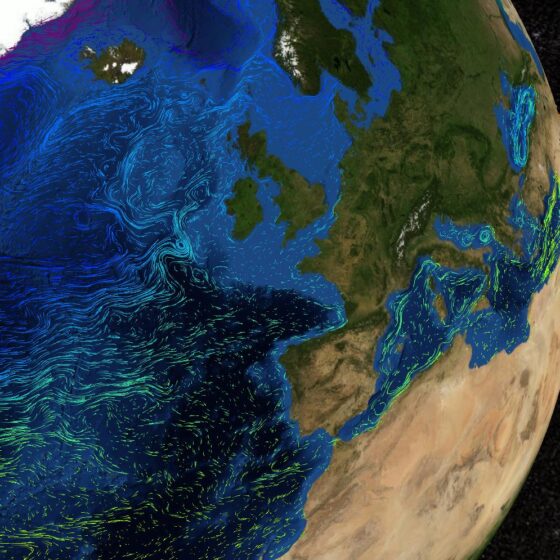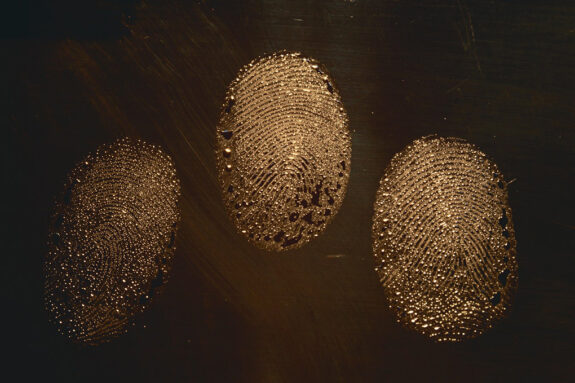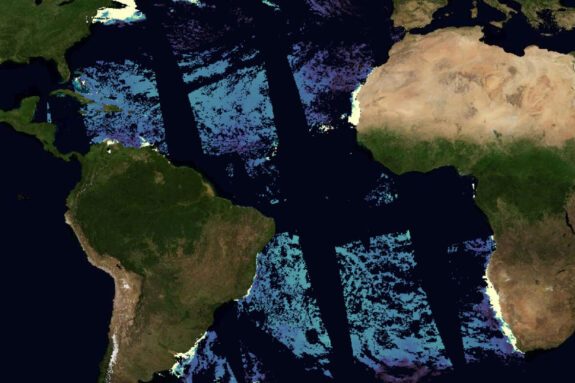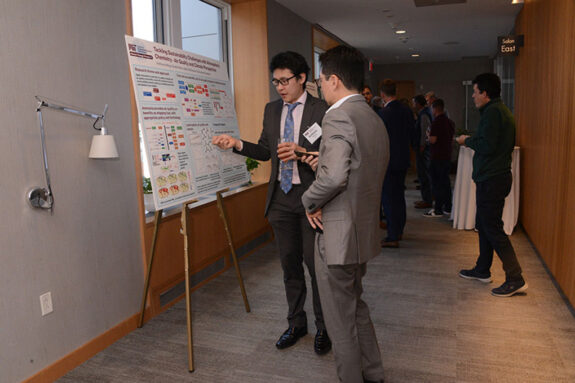Atmospheres, Oceans + Climate
- Atmospheric Chemistry + Dynamics
- Physical + Chemical Oceanography
- Carbon + Nitrogen Cycles
- Fluid Dynamics
- Synoptic Meteorology
- Tropical Meteorology
- Biosphere + Ecosystems
- Paleoclimatology
- Atmospheric Convection + Radiation
- Planetary Atmospheres
- Marine Geochemistry
- Hydrology + Geophysics
- Glaciology

The graduate program in atmospheres, oceans, and climate (PAOC) at MIT engages in some of the most intellectually challenging and important problems in science, from the physics of hurricanes and the dynamics of ice ages, to anthropogenic pollutants and organic molecules on distant planets. In all areas, we emphasize the synthesis of theoretical, observational, and modeling approaches.
Overseeing a broad program of education and research as part of the Department of Earth, Atmospheric and Planetary Sciences (EAPS), PAOC also includes members from other MIT departments and the Woods Hole Oceanographic Institution (WHOI), and plays a key role in undergraduate education through the Course 12 and Course 1-12 majors and UROP studies.
Program Chair: Susan Solomon
Program Site: paocweb.mit.edu
The phenomena we study involve a large array of scientific disciplines – geophysics, geochemistry, physical and chemical oceanography, meteorology, atmospheric chemistry, and planetary science. Perhaps more than any other program in the world, PAOC offers its students unique opportunities for interdisciplinary study and research as part of a collegial department where we collaborate freely across disciplines. As we seek to understand our dynamic planet, we emphasize a combination of theoretical, observational and modeling approaches.
Students and researchers come from all over the world attracted not only by our programs but also the larger intellectual milieu provided by MIT—with its strengths in science and engineering—and the many Boston area institutions active in atmospheric and oceanographic research, including Harvard University, WHOI, the Boston Office of the National Weather Service, and many private companies. Contact with all of these institutions is maintained through seminars and symposia, as well as opportunities to formally take subjects at WHOI and Harvard.
PAOC includes two education programs and is affiliated with the MIT-WHOI Joint Program:
The Atmospheric Science Program emphasizes an integrated approach involving theory, modeling, experiments, and data analysis. Study areas include atmospheric dynamics, synoptic meteorology, atmospheric convection, dynamics of the middle atmosphere, tropical meteorology, atmospheric chemistry, and atmospheric radiation. Because of its cross-disciplinary nature, the program often includes study in mathematics and/or chemistry. Recent areas of research have included the ozone hole, the dynamics of hurricanes, adaptive sampling, and air-sea interaction.
The Climate Science Program capitalizes on the overlapping nature of the atmospheric, oceanic, and geological sciences as they relate to climate and climate change. Students have access to unique expertise in all aspects of climate including paleoclimatology and the geological record, all of atmospheric and oceanic physics and chemistry, fluid dynamical modeling of the climate system, hydrology, and geophysics. Ongoing research activities include the study of high latitude North Atlantic deep-sea cores as records of the climate of the past 200,000 years; coupled models of air-sea interaction developed in MIT’s Climate Modeling Initiative; studies of possible mechanisms of the Permo-Triassic Mass extinction; Atlantic Climate Variability; and global biogeochemical cycles.

Many of the EAPS faculty in oceanography are also active participants in and accept graduate students through the MIT-Woods Hole Oceanographic Institution (WHOI) Joint Program.
WHOI, located about 70 miles south of Boston, is one of the world’s leading oceanographic research centers, with extensive laboratory facilities and an impressive fleet of research ships and submersibles operating around the world. All students may take classes at either MIT or WHOI, and much effort has been made to render communication and travel between the institutions as easy as possible.


